Advances in Legume Systematics 14. Classification of Caesalpinioideae. Part 2: Higher-level classification
- PMID: 38912426
- PMCID: PMC11188994
- DOI: 10.3897/phytokeys.240.101716
Advances in Legume Systematics 14. Classification of Caesalpinioideae. Part 2: Higher-level classification
Abstract
Caesalpinioideae is the second largest subfamily of legumes (Leguminosae) with ca. 4680 species and 163 genera. It is an ecologically and economically important group formed of mostly woody perennials that range from large canopy emergent trees to functionally herbaceous geoxyles, lianas and shrubs, and which has a global distribution, occurring on every continent except Antarctica. Following the recent re-circumscription of 15 Caesalpinioideae genera as presented in Advances in Legume Systematics 14, Part 1, and using as a basis a phylogenomic analysis of 997 nuclear gene sequences for 420 species and all but five of the genera currently recognised in the subfamily, we present a new higher-level classification for the subfamily. The new classification of Caesalpinioideae comprises eleven tribes, all of which are either new, reinstated or re-circumscribed at this rank: Caesalpinieae Rchb. (27 genera / ca. 223 species), Campsiandreae LPWG (2 / 5-22), Cassieae Bronn (7 / 695), Ceratonieae Rchb. (4 / 6), Dimorphandreae Benth. (4 / 35), Erythrophleeae LPWG (2 /13), Gleditsieae Nakai (3 / 20), Mimoseae Bronn (100 / ca. 3510), Pterogyneae LPWG (1 / 1), Schizolobieae Nakai (8 / 42-43), Sclerolobieae Benth. & Hook. f. (5 / ca. 113). Although many of these lineages have been recognised and named in the past, either as tribes or informal generic groups, their circumscriptions have varied widely and changed over the past decades, such that all the tribes described here differ in generic membership from those previously recognised. Importantly, the approximately 3500 species and 100 genera of the former subfamily Mimosoideae are now placed in the reinstated, but newly circumscribed, tribe Mimoseae. Because of the large size and ecological importance of the tribe, we also provide a clade-based classification system for Mimoseae that includes 17 named lower-level clades. Fourteen of the 100 Mimoseae genera remain unplaced in these lower-level clades: eight are resolved in two grades and six are phylogenetically isolated monogeneric lineages. In addition to the new classification, we provide a key to genera, morphological descriptions and notes for all 163 genera, all tribes, and all named clades. The diversity of growth forms, foliage, flowers and fruits are illustrated for all genera, and for each genus we also provide a distribution map, based on quality-controlled herbarium specimen localities. A glossary for specialised terms used in legume morphology is provided. This new phylogenetically based classification of Caesalpinioideae provides a solid system for communication and a framework for downstream analyses of biogeography, trait evolution and diversification, as well as for taxonomic revision of still understudied genera.
Keywords: Classification; Fabaceae; Leguminosae; Mimosoideae; diversity; phylogenomics; taxonomy.
Anne Bruneau, Luciano Paganucci de Queiroz, Jens J. Ringelberg, Leonardo M. Borges, Roseli Lopes da Costa Bortoluzzi, Gillian K. Brown, Domingos B. O. S. Cardoso, Ruth P. Clark, Adilva de Souza Conceição, Matheus Martins Teixeira Cota, Else Demeulenaere, Rodrigo Duno de Stefano, John E. Ebinger, Julia Ferm, Andrés Fonseca-Cortés, Edeline Gagnon, Rosaura Grether, Ethiéne Guerra, Elspeth Haston, Patrick S. Herendeen, Héctor M. Hernández, Helen C. F. Hopkins, Isau Huamantupa-Chuquimaco, Colin E. Hughes, Stefanie M. Ickert-Bond, João Iganci, Erik J. M. Koenen, Gwilym P. Lewis, Haroldo Cavalcante de Lima, Alexandre Gibau de Lima, Melissa Luckow, Brigitte Marazzi, Bruce R. Maslin, Matías Morales, Marli Pires Morim, Daniel J. Murphy, Shawn A. O’Donnell, Filipe Gomes Oliveira, Ana Carla da Silva Oliveira, Juliana Gastaldello Rando, Pétala Gomes Ribeiro, Carolina Lima Ribeiro, Felipe da Silva Santos, David S. Seigler, Guilherme Sousa da Silva, Marcelo F. Simon, Marcos Vinícius Batista Soares, Vanessa Terra.
Conflict of interest statement
The authors have declared that no competing interests exist.
Figures



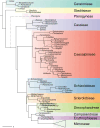
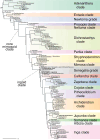


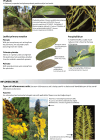
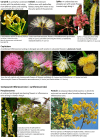

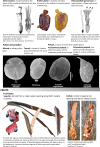


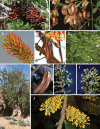





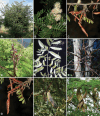
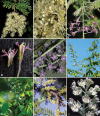




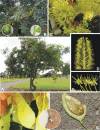
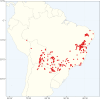








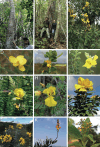
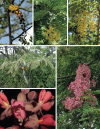












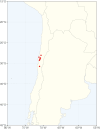
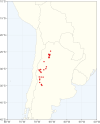































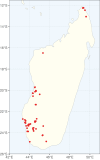
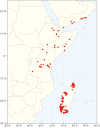


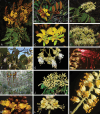























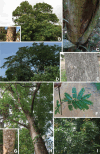

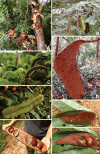












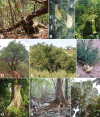












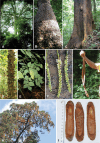

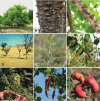








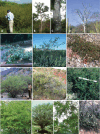

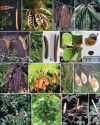
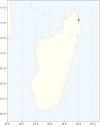







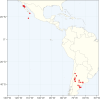




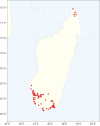





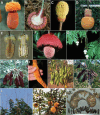


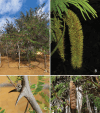















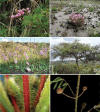
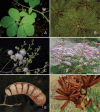











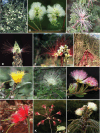
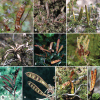




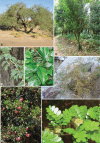
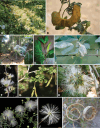




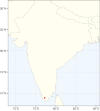

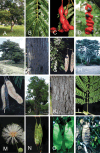













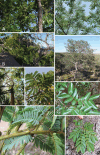

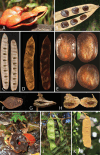








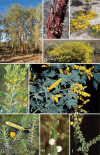
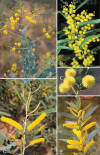
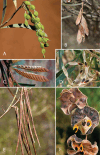


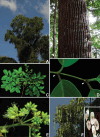










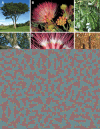




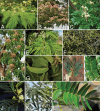






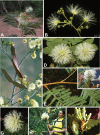


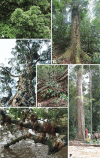
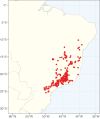




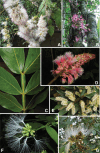



References
-
- Aboriginal Communities of the Northern Territory (1993) Traditional aboriginal medicines in the Northern Territory of Australia. Conservation Commission of the Northern Territory of Australia, 651 pp. https://catalogue.nla.gov.au/Record/1362674
-
- Achinewhu SC. (1982) Composition and food potential of African oil bean (Pentaclethramacrophylla) and velvet bean (Mucunaurens). Food Science 47(5): 1736–1737. 10.1111/j.1365-2621.1982.tb05025.x - DOI
-
- Adanson M. (1763) Familles des Plantes. Vincent, Paris, Partie 2: 306–331. 10.5962/bhl.title.271 - DOI
-
- Aderibigbe AO, Agboola OI, Amaechi UP, Eduviere AT. (2015) Anti-inflammatory and analgesic properties of Albiziaaltissima (Hook f.) Hutch Dandy leaves in mice. Archives of Basic & Applied Medicine 3: 59–64.
-
- Ahossou OD, Daïnou K, Janssens SB, Triest L, Hardy OJ. (2020) Species delimitation and phylogeography of African tree populations of the genus Parkia (Fabaceae). Tree Genetics & Genomes 16: 68. 10.1007/s11295-020-01463-x - DOI
LinkOut - more resources
Full Text Sources
Miscellaneous
